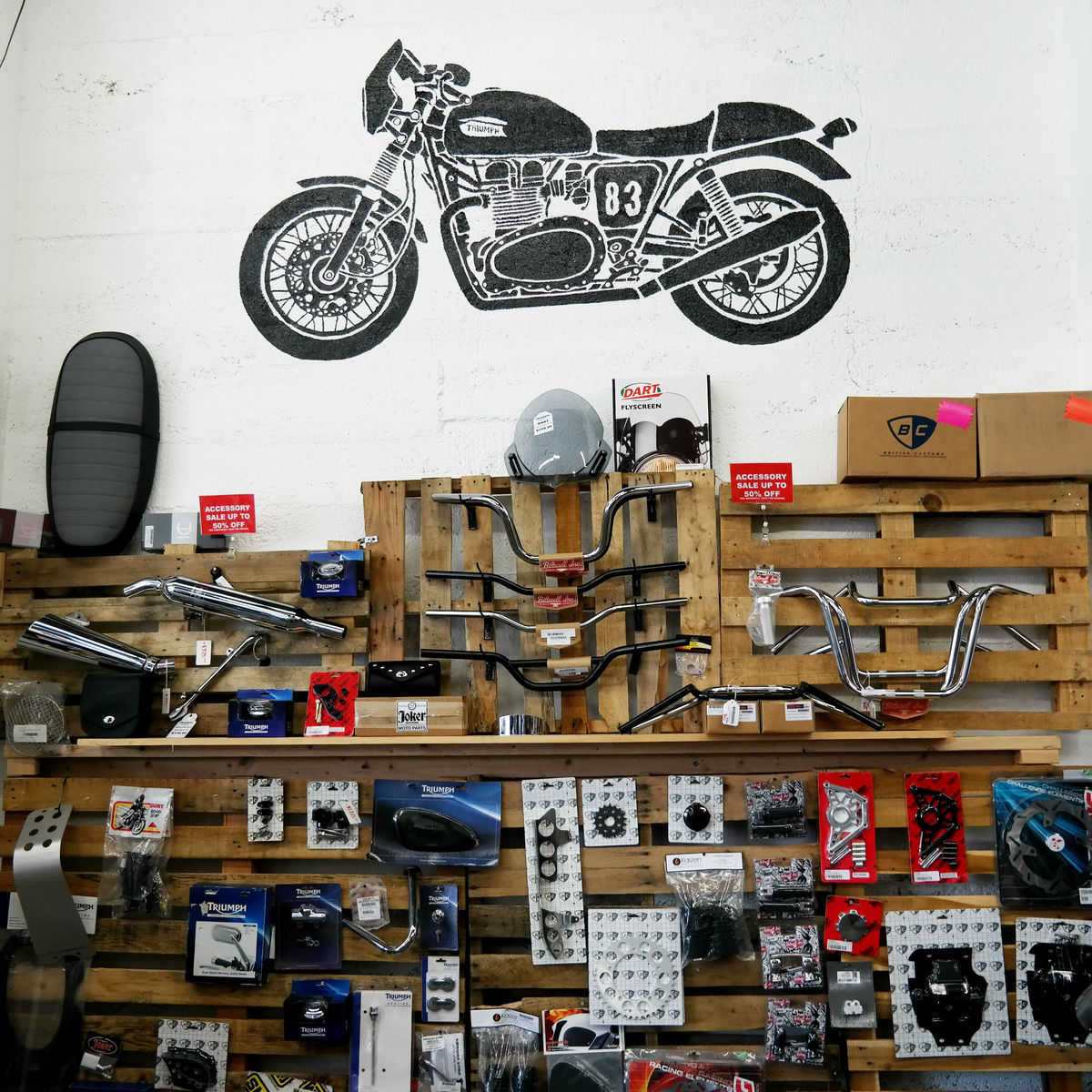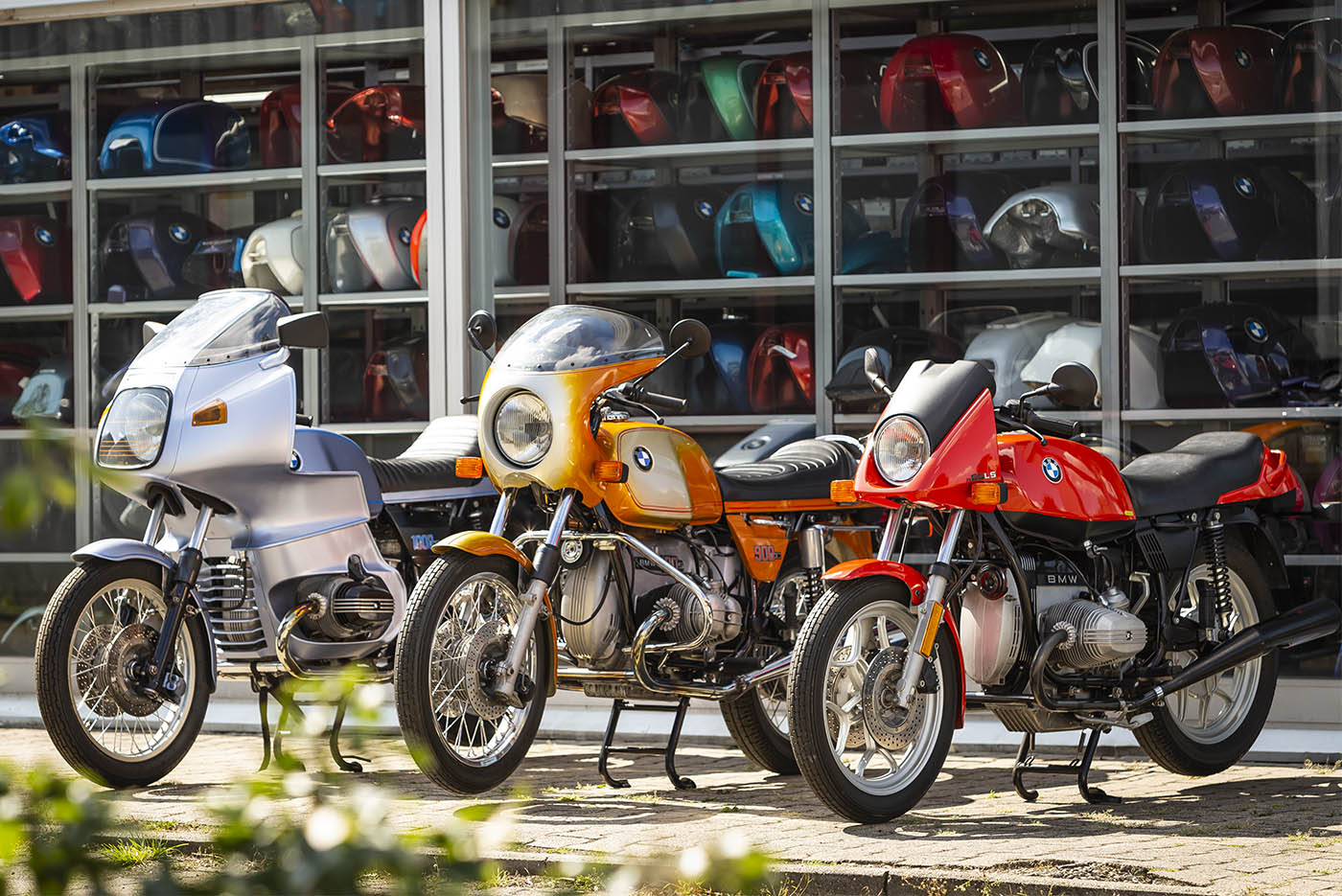Understanding the Vital Parts of a Bike: A Comprehensive Guide for Fanatics
For motorbike fanatics looking to boost their riding experience and guarantee their bikes run efficiently, comprehending the essential components of a motorcycle is vital. Each component, from the engine's detailed operations to the crucial duty of the braking mechanisms, not only affects efficiency however also security and convenience.
Engine Components

The camshaft plays an important role in regulating the timing of the engine's shutoffs, making sure the precise opening and closing essential for efficient gas and air intake, along with exhaust expulsion. This timing is essential to maintaining optimum engine performance and efficiency. Furthermore, the carburetor or gas injection system, relying on the motorcycle model, is accountable for blending air with gas in the right ratio for burning.
The air conditioning system, either air or liquid-based, works to keep the engine's temperature within operational limits, stopping overheating and guaranteeing long life - motocross gear. Each part, carefully created and incorporated, adds to the seamless procedure of the engine, defining the motorcycle's power output and general efficiency
Transmission System
Essential to the motorbike's capability, the transmission system makes sure reliable power transfer from the engine to the wheels. This system consists of several essential components, including the clutch, gearbox, and final drive, each playing a crucial function in equating the engine's power into movement. The clutch, typically operated by a hand bar, offers to disengage the engine and involve from the transmission, permitting for smooth equipment adjustments and regulated velocity.
The transmission, frequently referred to as the transmission correct, includes a set of gears that motorcyclists can by hand change via to readjust the bike's rate and torque output. These equipments are prepared in a series that allows the motorbike to accelerate efficiently and preserve optimum engine performance across various rates. The majority of bikes make use of a consecutive gearbox, needing the cyclist to move equipments in a fixed order.
Braking Systems
While comprehending the transmission system is crucial to using a bike's power, equally vital is the capacity to control and stop that power efficiently, which is where braking devices enter play. Brakes are critical for safety and security and efficiency, providing the biker with the necessary control to browse different surfaces and conditions. Typically, bikes feature 2 kinds of stopping systems: disc brakes and drum brakes.
Disc brakes are much more common in modern bikes due to their remarkable performance. They are composed of a brake disc, caliper, and pads. When activated, the caliper presses the brake pads against the rotating disc, converting kinetic power right into warmth, therefore reducing the wheel. This system offers far better warm dissipation, regular performance, and enhanced stopping power, particularly in wet conditions.
On the other hand, drum brakes, though less usual, are still found in some bikes. They function by pushing brake footwear versus the internal surface of a drum connected to the wheel. While generally much less effective in warm dissipation and stopping power, drum brakes are easier and more affordable.
Understanding these stopping systems' nuances allows motorcyclists to keep their bikes appropriately and appreciate the engineering that makes sure reliable and safe quiting.
Suspension and Guiding
Suspension and steering systems are crucial parts that dramatically affect a bike's handling and trip convenience. The suspension system, containing forks at the front and shock absorbers at the rear, absorbs roadway abnormalities, enhancing stability and control. motorbike rain cover Front forks, inverted or usually telescopic, compress and rebound to minimize influences, while rear shock absorbers preserve tire call with the road, essential for grip and safety why not try here and security.
Guiding, centered around the handlebars, connects the motorcyclist to the bike's directional control. The guiding head bearings guarantee smooth operation, allowing accurate ability to move. Correct placement and upkeep of these bearings are crucial for predictable guiding reaction and decreasing biker exhaustion.
The suspension's adjustability is an additional vital aspect; preload, damping, and rebound setups permit modification to fit various riding problems and styles. This flexibility is essential for maximizing efficiency, whether navigating metropolitan streets or taking on sturdy tracks. Technologies like digital suspension systems provide real-time adjustments, improving trip top quality throughout varied surfaces.

Electric Solutions
After ensuring a regulated and smooth experience through effective suspension and steering systems, interest turns to the electrical systems, a crucial facet of contemporary bikes. These systems play an important duty not only in starting the engine but likewise in powering different parts that enhance the performance and security of the motorcycle.
At the heart of a motorbike's electrical system is the battery, which stores electrical power essential for starting the engine and powering auxiliary systems - moto parts nz. The alternator or generator, combined with the rectifier-regulator, guarantees the battery continues to be charged while the motorbike functions, transforming power right into electrical power and maintaining voltage levels
The ignition system, one more essential part, is accountable for stiring up the air-fuel combination in the engine's cylinders. Modern motorbikes frequently use a digital ignition system, supplying greater effectiveness and dependability compared to standard systems.
Illumination systems, including headlights, tail lights, and indicators, are likewise important, making sure presence and safety and security for the cyclist. Added electronic components such as sensors, control systems, and displays add to innovative our website functions like gas shot administration, anti-lock braking systems (ABDOMINAL MUSCLE), and digital control panels, additionally enhancing the riding experience.
Verdict
A complete comprehension of a bike's important parts, consisting of the engine, transmission system, stopping systems, suspension, steering, and electrical systems, is important for lovers intending to enhance convenience, efficiency, and safety. Proficiency of these components enables informed decisions regarding maintenance and upgrades, eventually improving the riding experience. By incorporating this expertise, motorcyclists can ensure their motorbikes run at peak performance and reliability, therefore maximizing both pleasure and longevity of their automobiles.
For motorbike fanatics looking to boost their riding experience and ensure their bikes run efficiently, understanding the necessary parts of a motorcycle is vital.Indispensable to the motorbike's functionality, the transmission system makes sure efficient power transfer from the engine to the wheels.While comprehending the transmission system is crucial to harnessing a bike's power, similarly essential is the ability to regulate and quit that power successfully, which is where stopping systems come right into play. Typically, motorcycles include two types of braking systems: disc brakes and drum brakes.
An extensive comprehension of a motorbike's essential parts, including the engine, transmission system, braking systems, suspension, steering, and electric systems, is indispensable for fanatics aiming to maximize comfort, security, and performance.